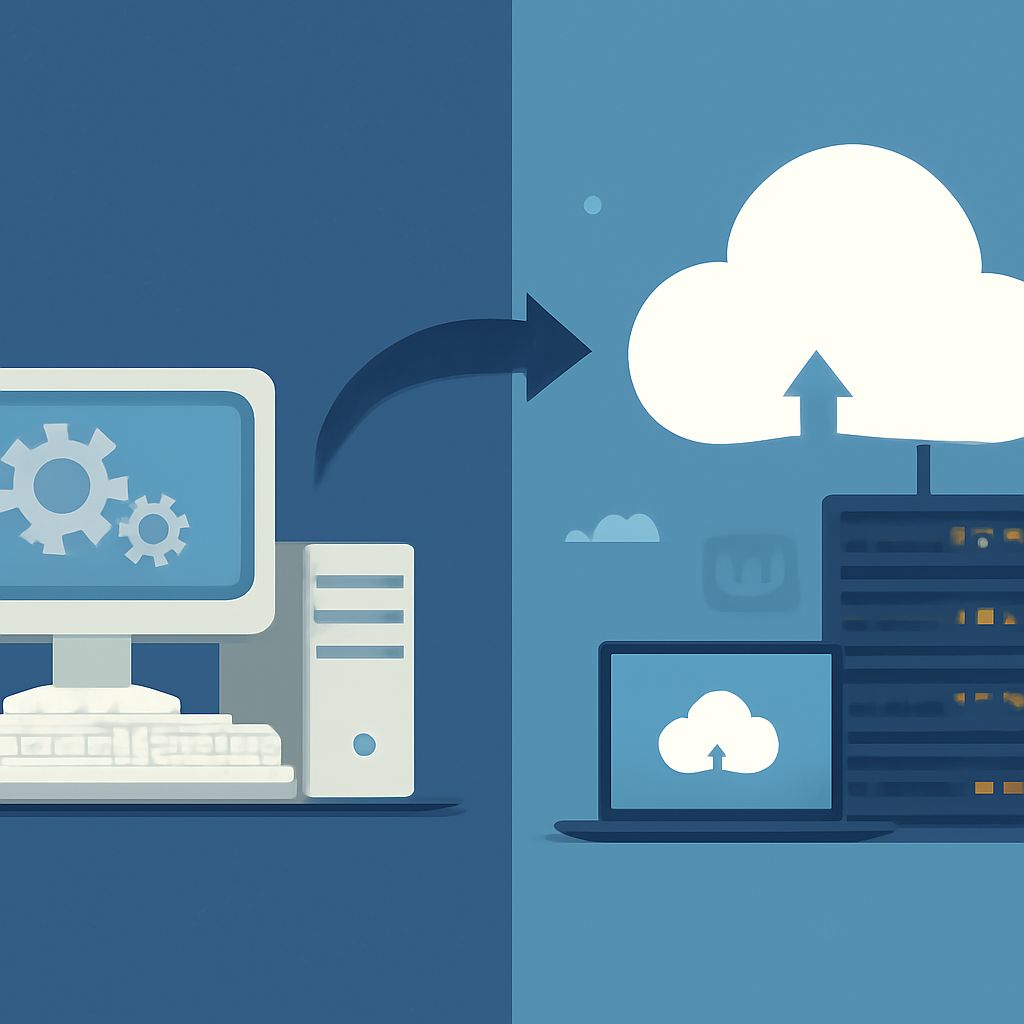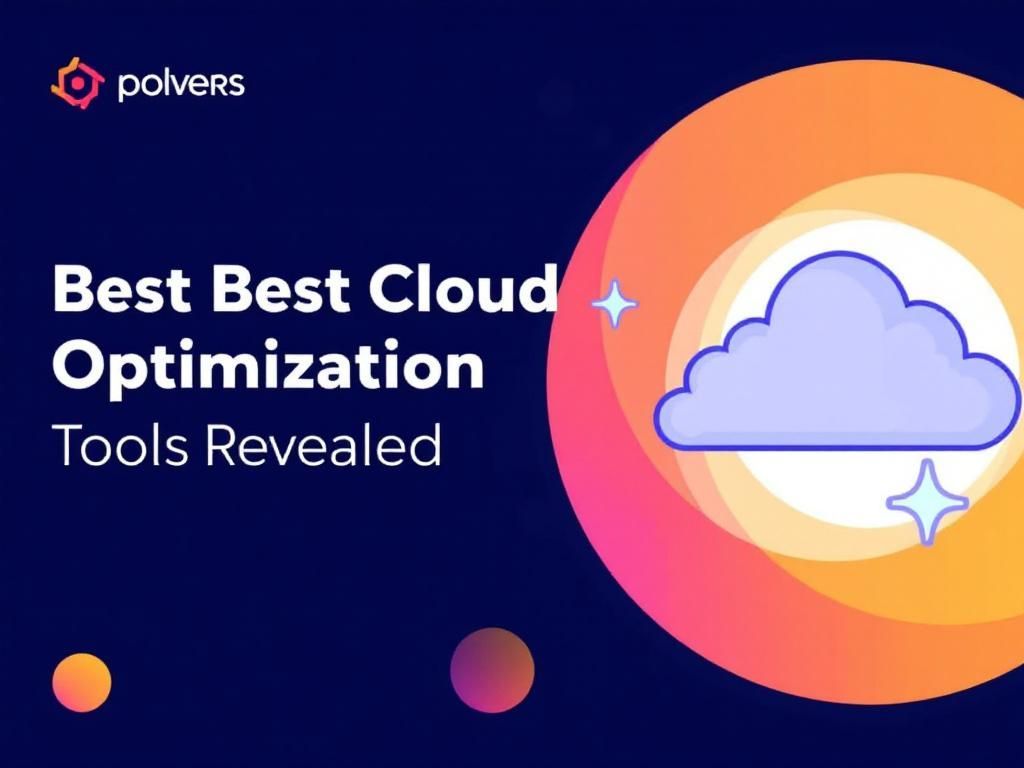Transform Legacy Systems with Cloud Migration Services
Discover how cloud migration services can modernize your legacy systems, improve efficiency, and enhance scalability for your business.

Table of Contents
Transform Legacy Systems with Cloud Migration Services
In today’s fast-paced digital landscape, businesses are increasingly recognizing the need to modernize their legacy systems. These outdated systems can hinder growth, reduce efficiency, and pose security risks. A strategic solution to these challenges is cloud migration services, which allow organizations to transition their legacy systems to a more flexible, scalable, and cost-effective cloud environment. This article explores the benefits, challenges, and key strategies for successfully migrating legacy systems to the cloud.
Understanding Legacy Systems
Legacy systems refer to outdated computing systems, programming languages, or application software that remain in use despite the availability of more efficient technologies. Many organizations rely on these systems for critical operations, often due to the high costs associated with replacing or updating them. However, legacy systems come with various drawbacks:
- High Maintenance Costs: Maintaining old systems often requires specialized knowledge and can be more expensive than adopting new technologies.
- Limited Flexibility: Legacy systems often struggle to integrate with modern software and technologies, making it difficult for businesses to adapt to changing market demands.
- Security Vulnerabilities: Outdated software may not receive regular updates, leaving them susceptible to cyber threats.
- Scalability Issues: Legacy systems often lack the capability to scale efficiently with growing business needs.
Benefits of Cloud Migration
Migrating legacy systems to the cloud offers numerous advantages that can drive business transformation. Some of the key benefits include:
| Benefit | Description |
|---|---|
| Cost Efficiency | Cloud services typically operate on a pay-as-you-go model, reducing the need for large upfront investments in hardware and software. |
| Scalability | Cloud platforms allow businesses to easily scale resources up or down based on demand, facilitating growth without significant additional costs. |
| Improved Security | Major cloud providers implement robust security measures, including data encryption and regular security updates, that can help protect sensitive information. |
| Enhanced Collaboration | The cloud enables access to applications and data from anywhere, fostering collaboration among teams and improving overall productivity. |
| Innovation and Agility | Cloud migration allows businesses to leverage the latest technologies such as AI and machine learning, enabling faster innovation. |
Challenges of Migrating Legacy Systems
While the benefits of cloud migration are significant, organizations may face several challenges during the transition. Some of these challenges include:
- Data Migration: Transferring large volumes of data from legacy systems to the cloud can be complex and time-consuming.
- Integration Issues: New cloud solutions must integrate seamlessly with existing applications and processes, which can require additional resources and planning.
- Staff Resistance: Employees may resist changes to established workflows, necessitating a focus on change management.
- Compliance and Regulatory Concerns: Organizations must ensure that cloud solutions adhere to industry regulations and standards, especially regarding data handling.
Key Strategies for Successful Cloud Migration
To navigate the challenges of migrating legacy systems to the cloud, organizations should consider implementing the following strategies:
- Conduct a Comprehensive Assessment: Evaluate existing systems to determine which applications are suitable for migration and which may require rewriting or replacement.
- Choose the Right Cloud Model: Consider the different cloud deployment models (public, private, hybrid) and select the one that best aligns with your organization’s needs.
- Develop a Migration Plan: Create a detailed roadmap that outlines the migration process, including timelines, resource allocation, and risk management strategies.
- Prioritize Security: Implement robust security measures during and after migration to protect sensitive data and ensure compliance with regulations.
- Engage Stakeholders: Involve key stakeholders throughout the migration process to ensure buy-in and address any concerns related to the transition.
- Provide Training and Support: Equip staff with the necessary training and resources to adapt to new cloud technologies and workflows.
Case Studies: Successful Cloud Migrations
To illustrate the potential of cloud migration, consider the following case studies:
Case Study 1: Financial Services Company
A leading financial services provider struggled with a legacy mainframe system that limited their ability to scale and innovate. They opted for a cloud migration strategy that included:
- Assessing and prioritizing applications.
- Utilizing a hybrid cloud model to ease the transition.
- Implementing a phased migration approach.
The successful transition resulted in a 30% reduction in operational costs and significantly improved data analysis capabilities, allowing the company to offer enhanced services to clients.
Case Study 2: Retail Corporation
A major retail corporation faced challenges related to inventory management due to an outdated ERP system. By moving to a cloud-based ERP solution, the company was able to:
- Improve inventory accuracy.
- Enhance real-time data access.
- Facilitate better collaboration between departments.
This migration led to a 25% increase in overall efficiency and a better customer experience through timely stock management.
Conclusion
Transforming legacy systems through cloud migration services is an effective strategy for organizations looking to enhance efficiency, reduce costs, and foster innovation. While the process may present challenges, with careful planning and execution, businesses can successfully transition their legacy systems to a cloud environment that supports their future growth. Embracing cloud technology not only streamlines operations but also positions organizations to thrive in an increasingly digital world.
FAQ
What are cloud migration services?
Cloud migration services help businesses transfer their data, applications, and workloads from on-premises infrastructure to cloud-based environments.
What are the benefits of migrating legacy systems to the cloud?
Migrating legacy systems to the cloud can improve scalability, enhance security, reduce operational costs, and enable better performance and accessibility.
How does the cloud migration process work?
The cloud migration process typically involves assessment, planning, data transfer, testing, and ongoing management to ensure a smooth transition.
What challenges can arise during cloud migration?
Challenges may include data security concerns, application compatibility issues, downtime during migration, and potential cost overruns.
How can businesses ensure a successful cloud migration?
To ensure a successful cloud migration, businesses should conduct thorough planning, involve stakeholders, choose the right migration strategy, and test extensively before going live.
What types of legacy systems are suitable for cloud migration?
Most legacy systems can be migrated to the cloud, including databases, ERP systems, and customer management applications, provided they are assessed for compatibility.








